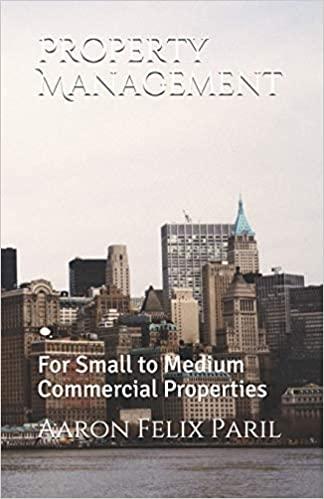Question
In preparing for the upcoming holiday season, Fresh Toy Company (FTC) designed a new doll called The Dougie that teaches children how to dance. The
In preparing for the upcoming holiday season, Fresh Toy Company (FTC) designed a new doll called The Dougie that teaches children how to dance. The fixed cost to produce the doll is $100,000. The variable cost, which includes material, labor, and shipping costs, is $29 per doll. During the holiday selling season, FTC will sell the dolls for $37 each. If FTC overproduces the dolls, the excess dolls will be sold in January through a distributor who has agreed to pay FTC $10 per doll. Demand for new toys during the holiday selling season is extremely uncertain. Forecasts are for expected sales of 60,000 dolls with a standard deviation of 15,000. The normal probability distribution is assumed to be a good description of the demand. FTC has tentatively decided to produce 60,000 units (the same as average demand), but it wants to conduct an analysis regarding this production quantity before finalizing the decision.
(a) Determine the equation for computing FTC's profit for given values of the relevant parameters (e.g., demand, production quantity, etc.). Using this equation, compute FTC's profit (in dollars) when realized demand is equal to 60,000 (the average demand). $
(b) Modeling demand as a normal random variable with a mean of 60,000 and a standard deviation of 15,000, simulate the sales of the Dougie doll using a production quantity of 60,000 units. What is the estimate of the average profit (in dollars) associated with the production quantity of 60,000 dolls? (Use at least 1,000 trials. Round your answer to the nearest integer.) $
(c) Compare the average profit estimated by simulation in part (b) to the profit calculation in part (a). The average profit from the simulation is greater than the profit computed in part (a) The average profit from the simulation is less than the profit computed in part (a). Explain why they differ. Since the demand is being modeled as a normal random variable, the sample mean profit will always tend to be higher than the true mean profit. Profit is limited by the production quantity, so higher than average demand does not correspond to higher profits, but lower demand will lead to lower profits. Profit is limited by the production quantity, so lower than average demand does not correspond to lower profits, but higher demand will lead to higher profits. Since the demand is being modeled as a normal random variable, the sample mean profit will always tend to be lower than the true mean profit.
(d) Before making a final decision on the production quantity, management wants an analysis of a more aggressive 70,000-unit production quantity and a more conservative 50,000-unit production quantity. Run your simulation with these two production quantities. (Use at least 1,000 trials. Round your answers to the nearest integer.)
What is the mean profit (in dollars) associated with 50,000 units? $
What is the mean profit (in dollars) associated with 70,000 units?
ONLY NEED PART B AND D
Step by Step Solution
There are 3 Steps involved in it
Step: 1

Get Instant Access to Expert-Tailored Solutions
See step-by-step solutions with expert insights and AI powered tools for academic success
Step: 2

Step: 3

Ace Your Homework with AI
Get the answers you need in no time with our AI-driven, step-by-step assistance
Get Started


